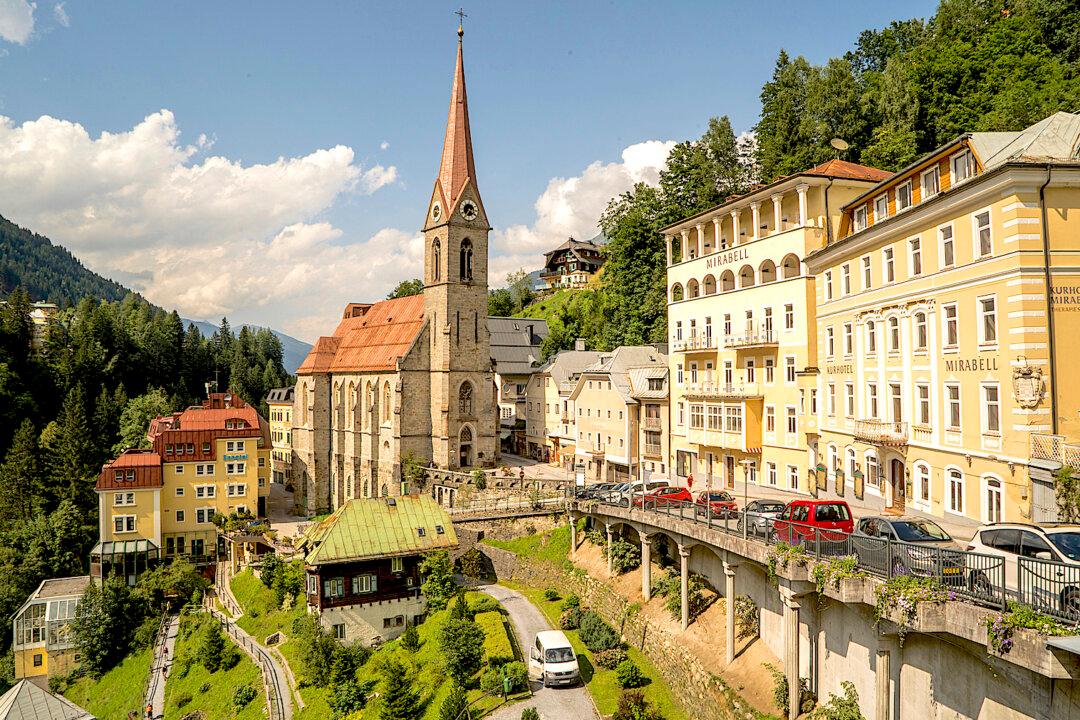Luxembourg, that tiny country situated in the heart of Europe and the world’s only Grand Duchy, is not a big tourist destination, which is surprising given its rich history and heritage.
Surrounded by Germany, France, and Belgium, Luxembourg used to be called the Gibraltar of the North because of its strategic significance. Its topographical position and outstanding lands made it an attractive target of both its immediate neighbours and the great European powers.
The history of Luxembourg City goes back to Roman times, when a town expanded around a fortified tower guarding a Roman road. Fortifications were built gradually over time, and the last one—one of the biggest fortresses in modern Europe—stood until the 19th century. It was dismantled after the 1867 Treaty of London, and today only about 10 percent of it remains. It was a big price that Luxembourg had to pay for its independence.
High City, Low City
Luxembourg City has an interesting mix of of historic sites and contemporary architecture, while green valleys host lush parks and gardens. The picturesque and perfectly maintained Old Town is situated at the convergence of the Alzette and Pétrusse rivers on a natural fortification built of sheer rocky ridges perched above two deep river gorges. Lofty bridges span the gorges.
The city can be divided into four main parts. The core of the medieval town is called the High City (Ville Haute) while the Low City (Ville Basse) is located in the valley by the River Alzette. Ville Basse seems to possess most of the scenic areas.
The magic of the city extends to a different world when you cross the Red Bridge to the modern business district of Kirchberg, where the European Investment Bank and other important European Union institutions are located.
I began my exploration at Place Guillaume II, Luxembourg’s largest square and home to a bronze equestrian statue of King-Grand Duke William II, Prince of Orange. The Hotel De Ville turns into a flower and farmers market on Wednesdays and Saturdays, giving the square a completely different feel. This charming square is the main hub and connects to all the heritage attractions of the city, all of which are within walking distance of one another.





